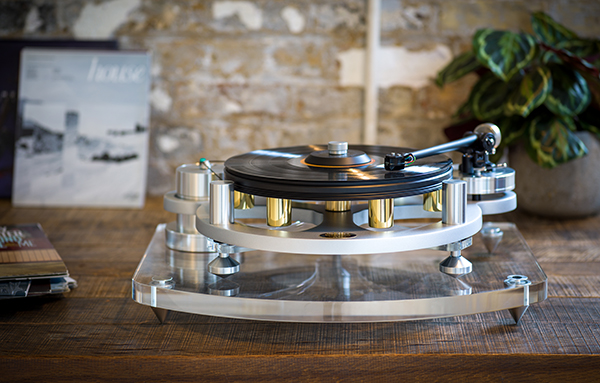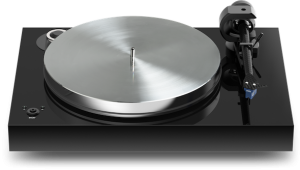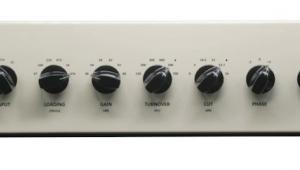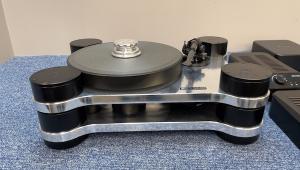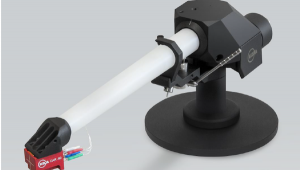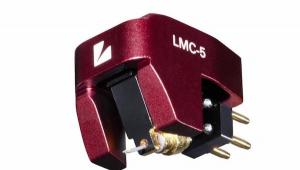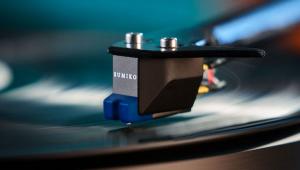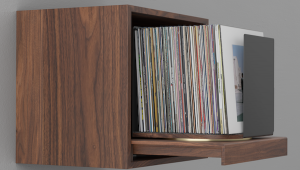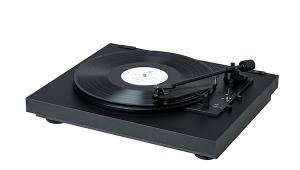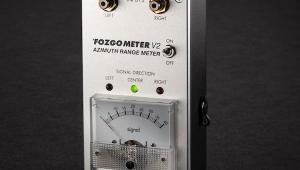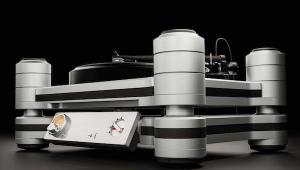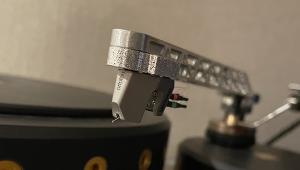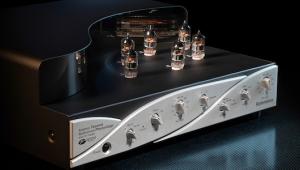Michell Gyro SE Turntable
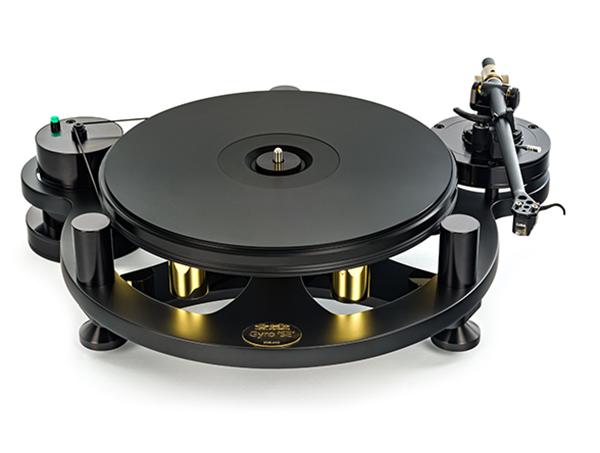
For the love of music. It’s a statement of purpose we can all identify with — and it also happens to be the tagline for Michell, the iconic UK audio brand founded back in the mid-1960s long known for their high-quality reference turntables, tonearms, cartridges, and accessories. Of late, we’ve been enamored with the rebranded and duly updated Michell Gyro SE turntable — which, we might add, can be properly paired with the company’s TecnoArm 2 tonearm.
First, some company history. In the mid-1960s, John Michell founded Michell Engineering to initially make parts for other turntable companies and manufacturers of the era, though the company soon enough began making its own ’tables. Michell also met legendary director Stanley Kubrick and built the spaceship Discovery for the groundbreaking 1968 science-fiction film 2001: Space Odyssey, later to become the inspiration for the company’s GyroDec turntable. If you also know anything about Transcriptors, the well-revered “By J.A. Michell Eng. Ltd.” name badge, and the Michell Reference Electronic and Hydraulic turntables, then you’re already quite cognizant of Michell products and the company’s design philosophy.

In the early 1980s, Michell came up with the following idea for the aforementioned GyroDec, as recounted on the company’s official site: “With the goal of isolating the sensitive parts of the turntable from sources of vibration and mechanical noise, John designed a suspended turntable with a floating pendulum sub-chassis and an ingenious oil-pumping inverted main bearing.” From there, Michell the company continued to flourish. Although Michell himself sadly passed away in October 2003, the company carries on under his family’s direction, bigger and better than ever.
Flash-forward to the present day, and the turntable we have here at hand: The revamped Michell Gyro SE. Initially introduced back in 1999, the SE has long been considered as a smaller footprint variation on the GyroDec. The GyroDec’s full-size acrylic plinth has instead been replaced on the SE by a “rigid and inert” (their words) acrylic spider in order to support the chassis. Furthermore, the company confirms the SE is Michell’s best-selling turntable, which may indeed lead us to reviewing one of the current versions of it ourselves in the not-so-distant future.
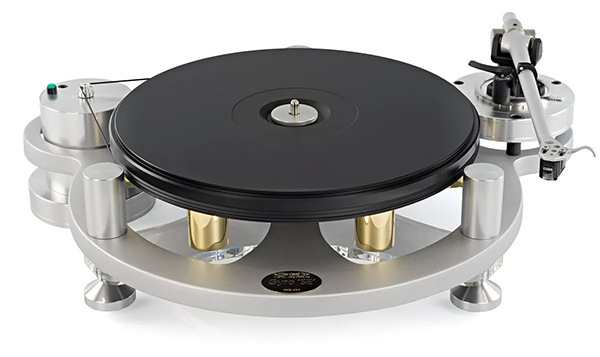
The features and specs for the Michell Gyro SE are these. Three suspension towers are fixed to the acrylic base of the SE in order to hold the suspension springs in place, and provide height adjustment for the sub-chassis. The platter material was chosen for its vibration-dampening characteristics. Brass weights have been added to give the platter extra mass and, subsequently, more momentum when spinning. It is also said to help keep wow-and-flutter to a minimum.
The free-standing motor unit that drives the turntable is completely separate to the turntable, with the only connection between the motor and the ’table being the drive belt. The weighted, pendulum-style sub-chassis hangs on those three above-noted suspension springs — said to provide a rigid, dense platform to mount the main bearing, platter, and tonearm assembly to ensure no movement between them, while also acting as a resonance/vibration sink to draw away unwanted vibrations from the more sensitive elements of the turntable.
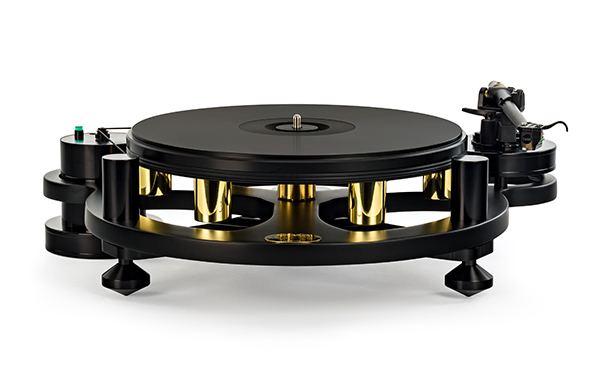
The SE’s main bearing has its point of rotation at the top of the assembly, not at the bottom as many other ’tables do. This orientation allows full lubrication of the inside of the entire bearing while the platter is turning. Michell achieves this by way of a modified Archimedean screw, machined into the inside bore of the bearing. The oil is drawn from a reservoir at the base of the main bearing up to the thrust ball at the top, fully lubricating as it goes. It then returns to the reservoir via a waste hole drilled into the bearing spindle, all of it with the goal of avoiding any potential noise or vibration created by the rotation of the platter.
Finally, the SE’s solid aluminium feet are shaped so the area in contact with the supporting surface is said to be very small, in order to minimize the transfer of vibrations from the supporting furniture into the turntable.
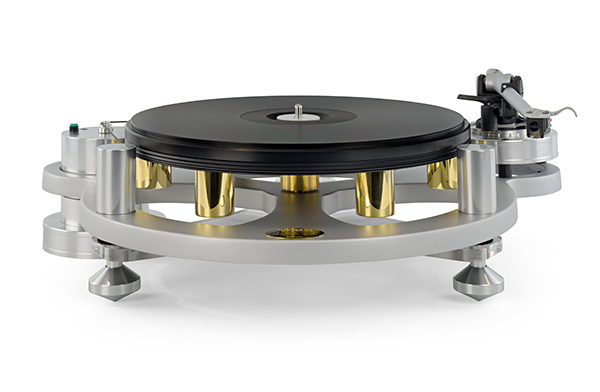
The Gyro SE, which is available in both black and silver options, weighs 10kg, and boasts dimensions of 49 x 13.5 x 37.5cm (w/h/d). On its own, the Gyro SE has an SRP of $3,999. With the recommended TecnoArm 2 tonearm included, the SRP is $5,498. The TecnoArm 2 itself sports an SRP of $1,499.
For more about Michell, go here.
To find a Michell distributor near you, go here.
